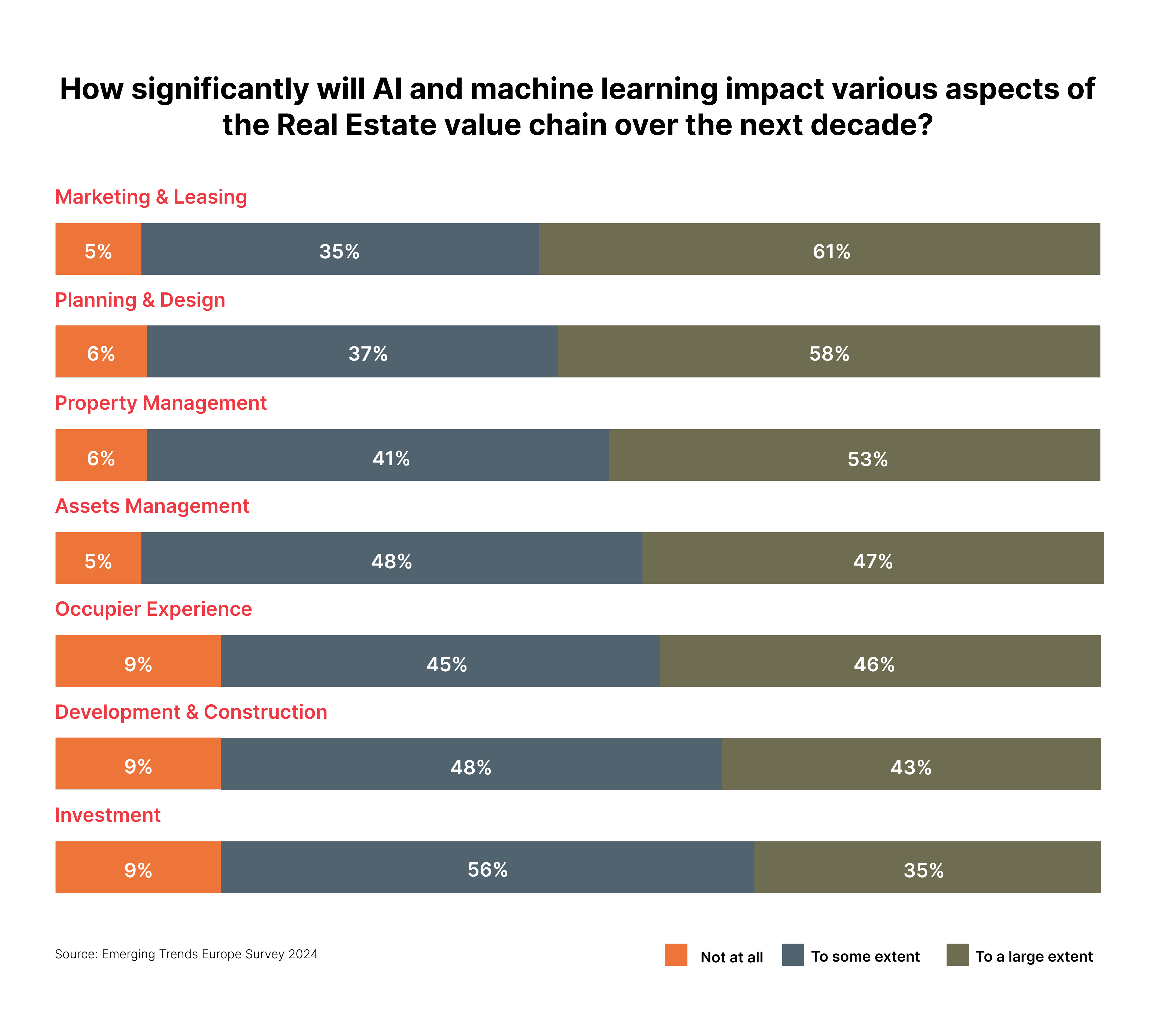2025 Real Estate Trends
Real Estate Market Trends in Spain and Europe for 2025
Real Estate Market Trends in Spain and Europe for 2025
.png)
As we approach 2025, the European and Spanish real estate market stands at a turning point. After several years of uncertainty due to the pandemic, inflation, and rising interest rates, significant changes are expected in sector dynamics. This article analyzes the key trends shaping the 2025 real estate market, with a focus on Spain, and examines the economic, social, and regulatory factors influencing its development.
Across Europe, economic indicators point to gradual improvement. According to Cushman & Wakefield's "EMEA Outlook 2025" report, GDP growth and increased business and consumer confidence are expected, driven by the ECB’s moderation of interest rates. In Spain, CaixaBank Research highlights a significant improvement in household finances, net employment growth, and wage increases surpassing inflation. Additionally, the real estate market benefits from stabilized financing costs, encouraging activity from both buyers and developers.


The office sector faces a shifting landscape, with a clear preference for high-quality (Class A) spaces in strategic locations. Cities like Madrid and Barcelona lead demand in Spain. Cushman & Wakefield anticipates a 2.1% growth in prime rents across Europe during 2025. In Spain, this trend is driven by increasing sustainability and energy efficiency requirements. The adoption of hybrid work models also influences this shift, prompting companies to optimize office spaces and prioritize central city locations.

The logistics sector remains one of the most dynamic areas of the real estate market. Moderate rental growth is expected in 2025, particularly in the UK, Slovakia, and Ireland. In Spain, the e-commerce boom continues to drive demand for logistics spaces, with a focus on sustainability. Furthermore, the implementation of advanced technology in warehouses and distribution centers is redefining spatial requirements, enhancing operational efficiency.

The retail market is undergoing a transformation. After years of challenges, the sector shows signs of recovery. High-traffic commercial spaces, such as main shopping streets and premium shopping centers, lead this resurgence. In Spain, a 1.9% growth in prime capital values is expected in 2025. However, consumers now demand more personalized and sustainable shopping experiences, driving investments in technology and sustainability.

The residential sector in Spain faces a significant mismatch between supply and demand. Although transaction volumes remain high, the lack of affordable housing remains a challenge. According to CaixaBank Research, new home prices grew by 10.7% year-on-year in 2024 and are expected to continue rising at a 4% rate in 2025. Additionally, the rise of sustainable construction and incentives for energy efficiency are reshaping the sector’s landscape.

The hotel sector has shown steady recovery since 2022. In 2025, transaction volumes in Europe are projected to surpass €25 billion. In Spain, traditional tourist destinations continue to attract investors, particularly in premium assets. Additionally, sustainable tourism is gaining prominence, prompting operators to invest in eco-friendly infrastructure and reduce environmental impacts.

The "Global PropTech Confidence Index" report for 2024 highlights key trends in technology adoption in the real estate sector. According to the report, investor confidence in PropTech remains stable at an index of 6.3 out of 10, while startup confidence has declined to 4.3 due to fundraising and exit challenges.

Sustainability and ESG (environmental, social, and governance) criteria are now essential in investment decisions. European regulators are tightening regulations, driving asset renovation and adaptation. In Spain, initiatives such as improving energy efficiency and reducing emissions are crucial to meeting climate goals. Investors also prioritize assets with high ESG standards, viewing these factors as critical for long-term growth.

The real estate market in 2025 presents significant opportunities for investors willing to adapt to new trends. Sustainability, technology, and space transformation will be the pillars of growth. In Spain, sectors such as housing, hotels, and logistics will lead the way. Additionally, regulatory advances and changing consumer preferences are reshaping the landscape, opening new opportunities across all market segments.
We want to hear from you
